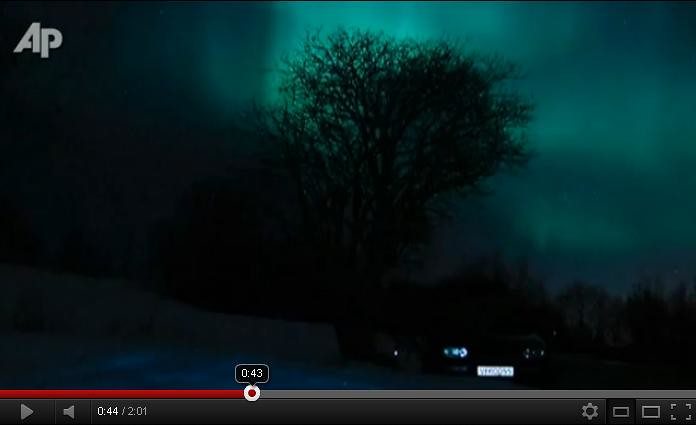A January 19 image provided by NASA shows an M3.2 solar flare captured by the Solar Dynamics Observatory. A potent solar flare has unleashed the biggest radiation storm since 2005 and could disrupt some satellite communications in the polar regions, US space weather monitors said Monday. The event started late Sunday with a moderate-sized solar flare that erupted right near the center of the Sun, said Doug Biesecker, a physicist with the National Oceanic and Atmospheric Administration Space Weather Prediction Center. "The flare itself was nothing spectacular, but it sent off a very fast coronal mass ejection traveling four million miles per hour (6.4 million kilometers per hour)," he told AFP. A rush of radiation in the form of solar protons already has begun bombarding the Earth and is likely to continue through Wednesday. The radiation storm is the largest of its kind since 2005 but still ranks only a three on the scale of one to five, enough to be considered "strong" but not "severe," he added. NOAA said its website the S3 ranking means "it could, e.g., cause isolated reboots of computers onboard Earth-orbiting satellites and interfere with polar radio communications." Biesecker said that when it comes to radiation storms, the polar regions are affected most. For instance, the storm could spell disruptions to airline flights, oil operations, Arctic exploration and space satellites. Night-sky viewers in Asia and Europe may be able to witness the aurora, or Northern Lights, late Tuesday as a result of the storm. "We don't expect major impacts from an event like this," Biesecker said. "It's the people who need GPS (global positioning system) accuracy of centimeters who have to worry, not people who want to know if you're going to turn the car 30 meters (100 feet) ahead." The Northern Lights lit up the skies above Scotland and northern England after the biggest solar storm |

